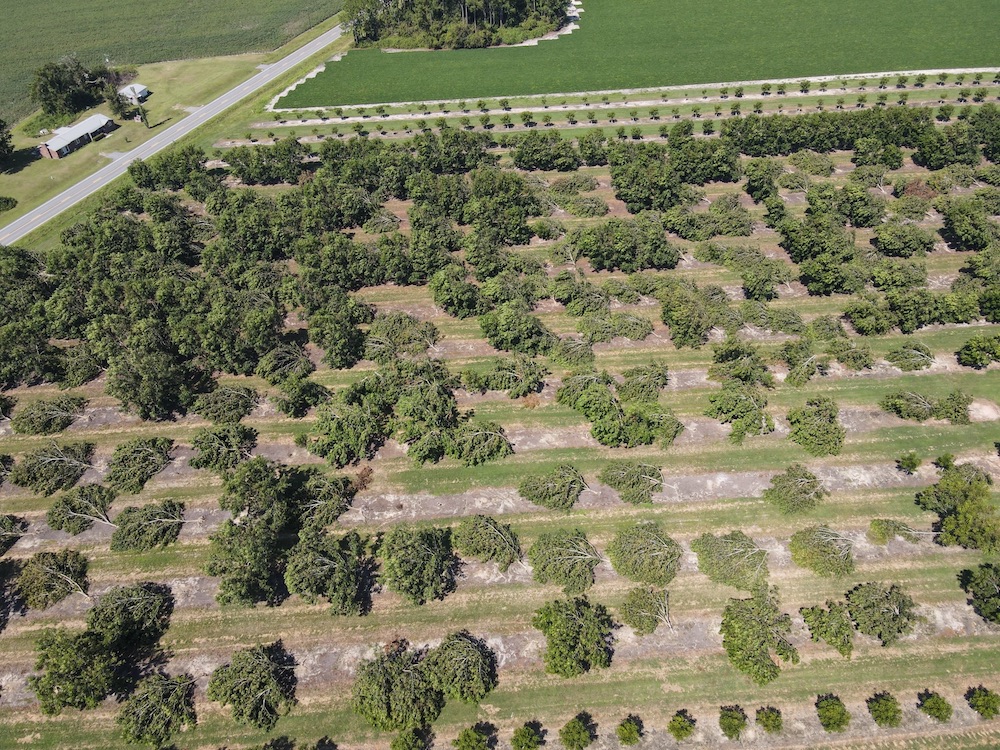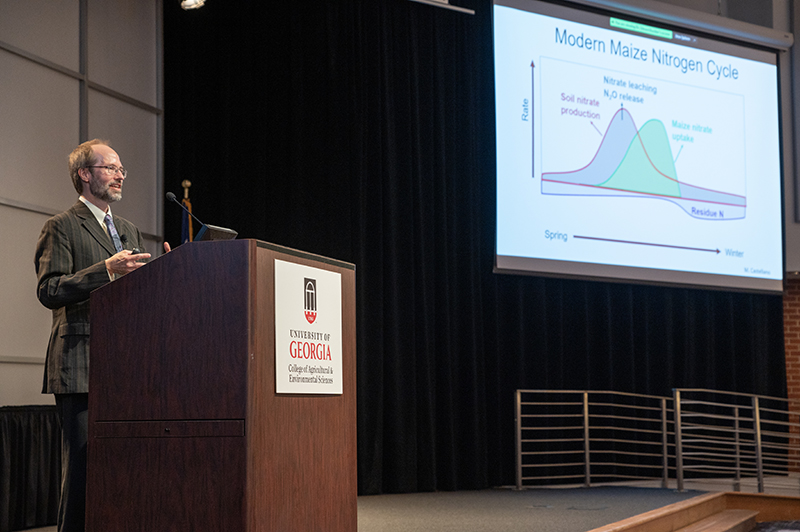This past summer was one of the warmest on record for Georgia. It wasn’t that the daytime high temperatures were that unusual; it was the warm nighttime temperatures that set records.
Meteorologists and climatologists define summer as the months of June, July and August. Almost all locations in Georgia had record to near-record warm nights for this time period.
Night temps
Locations with at least 60 years of climate data that experienced record-setting warm average daily minimum temperatures, which typically indicates nighttime temperatures, included Atlanta (132 years of climate data), Jasper (68 years), Gainesville (109 years), Toccoa (107 years), Athens (67 years), Augusta – Bush Field (67 years), Waynesboro (75 years), Louisville (98 years), Macon (80 years), Columbus (63 years), Camilla (70 years), Moultrie (83 years), Brooklet (84 years), and Alma (62 years).
Locations with at least 60 years of climate data that experienced the second warmest average daily minimum temperatures included Cedartown (73 years of climate data), Tifton (89 years), Brunswick – McKinnon (62 years), and Sunnyside/Waycross (101 years). The third warmest average daily minimum temperatures were reported at Clayton (109 years), Lafayette (68 years), and Milledgeville (104 years). The fourth warmest average summer nights were recorded at Eastman (105 years) and Savannah (137 years).
A month, season or year that is warm or cold tells us very little about global warming or climate change. Global warming is seen in long-term trends. However, warm nighttime temperatures are what we expect with human-induced global warming. If these abnormally warm nights continue over the next several years, then we have good evidence supporting human-induced global warming or climate change.
Day temps
Based on preliminary studies of locations with at least 60 years of climate data, only 9 locations had unusually high average daily maximum temperature, which typically means daytime temperature highs.
These 9 included the urban stations of Atlanta, which had the fifth warmest average daily high, and Athens, which had its third warmest average daily high. Columbus had its warmest ever. Brunswick - McKinnon had its third warmest. And Savannah tied its third warmest ever.
Only four rural locations had unusually high average daily maximum temperature. Waynesboro had its warmest average daily high in 75 years of records. Brooklet experienced its warmest in 84 years of records. It was the second warmest in Sunnyside/Waycross in 101 years of records. Alma experienced its third warmest in 62 years of records.
AC up
Air conditioning cooling demands for buildings were above normal statewide. Cooling demand was 28 percent above normal in Atlanta, 26 percent for Athens, 23 percent for Columbus, 21 percent for Macon, 23 percent for Augusta, 18 percent for Savannah, 16 percent for Alma, and 18 percent for Brunswick.
Compared to last summer, cooling demand was 27 percent in Columbus, 23 percent higher in Atlanta, 19 percent in Macon, 17 percent in Augusta, 16 percent in Athens, 15 percent in Savannah, 13 percent in Brunswick, and 12 percent in Alma.
There is a high probability that winter will be warmer and drier than average. The ocean-atmosphere system is expected to remain in a La Niña pattern, which normally brings a warm and dry winter to Georgia. The La Niña pattern is often the pattern that leads to a summertime drought. Thus, there is an increased probability that Georgia could experience a drought in 2011.
Updated weather conditions can be found at www.georgiaweather.net.






.jpg)